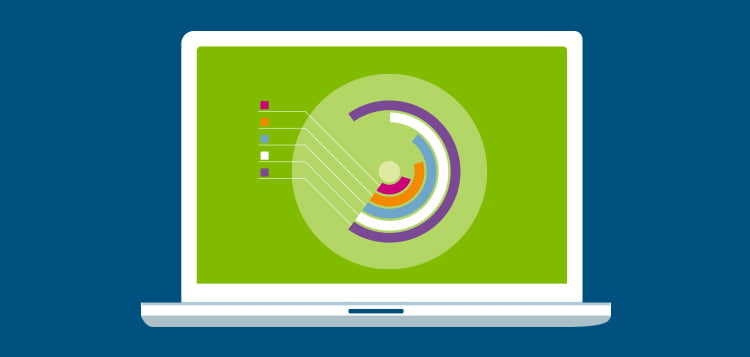The Development Of Site Design: From Past To Present
The Development Of Site Design: From Past To Present
Blog Article
Authored By-Hartley Hyldgaard
In the past, websites were straightforward and focused on details. Navigation was direct, and layout was for desktops. Now, user experience is essential. Information guides layouts for very easy navigation. Receptive layouts fit various tools. Today, dark mode decreases strain, and minimal food selections improve navigating. Interactive features involve customers, and vibrant visuals stick out. AI combination enhances interaction. See how layout has actually developed to enhance your online trip.
Very Early Days of Web Design
In the early days of website design, simplicity preponderated. Websites were standard, with limited colors, font styles, and formats. The focus was on offering information instead of flashy visuals. Customers accessed the net with slow-moving dial-up connections, so rate and capability were essential.
Navigation food selections were straightforward, commonly located on top or side of the web page. Sites were created for home computer, as mobile browsing wasn't yet common. Material was king, and designers prioritized simple readability over complicated layout aspects.
relevant internet site was the main coding language made use of, and designers needed to function within its constraints. Animations and interactive features were minimal contrasted to today's criteria. Websites were static, with little dynamic web content or personalized customer experiences.
Increase of User-Focused Design
With the advancement of web site layout, a change in the direction of user-focused style concepts has actually ended up being progressively popular. Today, developing web sites that focus on customer experience is crucial for involving site visitors and attaining organization goals. User-focused layout includes understanding the demands, choices, and habits of your target audience to tailor the website's format, content, and includes as necessary.
Developers currently perform extensive study, such as customer studies and usability testing, to gather insights and responses directly from users. This data-driven strategy aids in developing instinctive navigation, clear calls-to-action, and aesthetically enticing interfaces that reverberate with visitors. By placing the user at the center of the design procedure, websites can supply a much more tailored and enjoyable experience.
Receptive layout has additionally become a key facet of user-focused design, making certain that internet sites are maximized for numerous tools and display sizes. This versatility boosts access and functionality, accommodating the varied ways individuals communicate with websites today. Essentially, the increase of user-focused style indicates a change in the direction of producing digital experiences that prioritize the requirements and assumptions of the end user.
Modern Trends in Website Design
Check out the latest patterns shaping web design today. One noticeable fad is dark setting style, using a streamlined and modern-day appearance while minimizing eye stress in low-light environments. Another key fad is minimal navigation, simplifying menus and boosting user experience by focusing on essential elements. Incorporating micro-interactions, such as computer animated buttons or scrolling effects, can produce a much more appealing and interactive internet site. Responsive design remains crucial, making certain smooth individual experiences throughout numerous gadgets. Furthermore, making use of strong typography and asymmetrical layouts can include visual passion and accentuate details content.
Incorporating AI innovation, like chatbots for client support or customized referrals, enhances customer involvement and simplifies procedures. Accessibility has also come to be a considerable trend, with developers focusing on inclusive style methods to deal with varied individual demands. Accepting sustainability by enhancing website efficiency for rate and effectiveness is another arising pattern in web design. Teaming up with customer responses and data analytics to iterate and enhance style continuously is crucial for staying relevant in the ever-evolving electronic landscape. By welcoming these modern-day trends, you can produce a visually appealing, easy to use web site that reverberates with your target market.
Final thought
As you reflect on the evolution of website style from the very early days to now, you can see exactly how user-focused design has become the driving force behind modern-day fads.
Accept the journey of change and adaptation in web design, constantly maintaining the customer experience at the leading edge.
Tippingpointdigital
Remain present with the most up to date trends and innovations, and never ever stop evolving your method to create aesthetically sensational and straightforward web sites.
Progress, adjust, and develop - the future of web design is in your hands.
